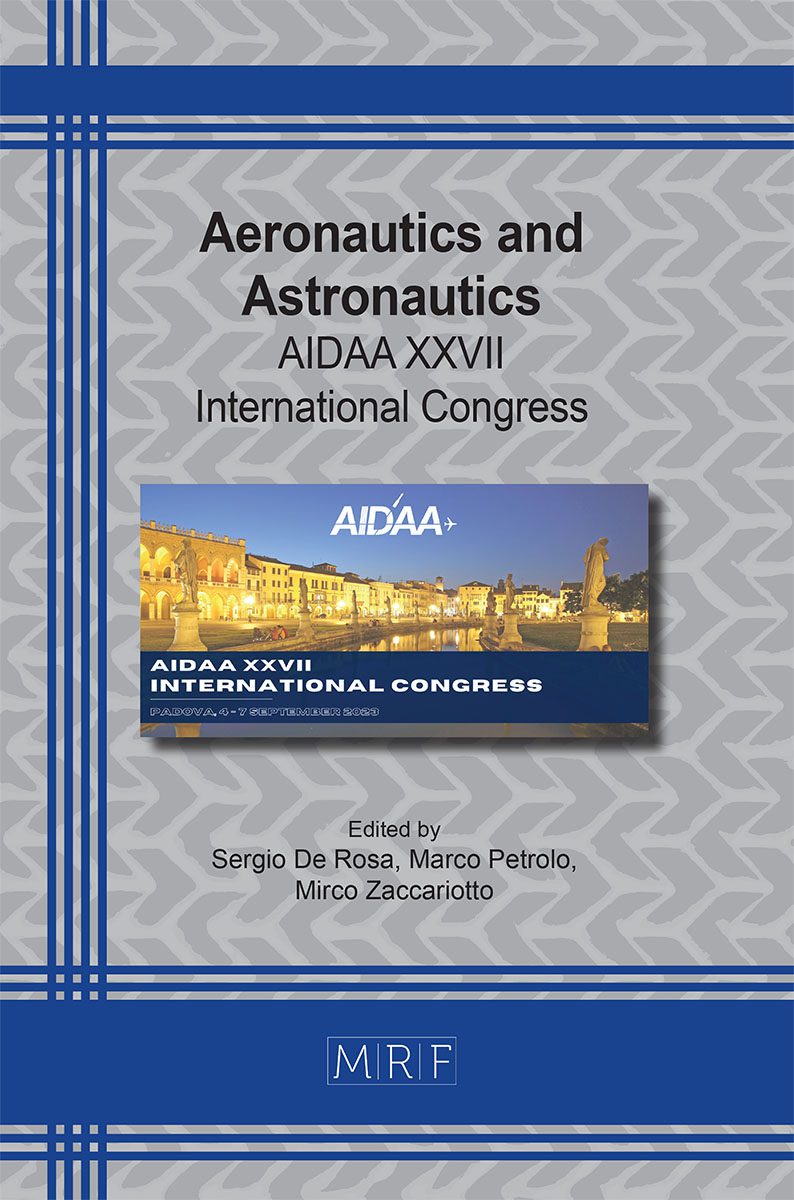Simulation of in-space fragmentation events
Lorenzo Olivieri, Cinzia Giacomuzzo, Stefano Lopresti, Alessandro Francesconi
download PDFAbstract. In the next years the space debris population is expected to progressively grow due to in-space collisions and break-up events; in addition, anti-satellite tests can further affect the debris environment by generating large clouds of fragments. The simulation of these events allows identifying the main parameters affecting fragmentation and generating statistically accurate populations of generated debris, both above and below detection thresholds for ground-based observatories. Such information can be employed to improve current fragmentation models and to reproduce historical events to better understand their influence on the non-detectable space debris population. In addition, numerical simulation can also be employed to identify the most critical object to be removed to reduce the risk of irreversible orbit pollution. In this paper, the simulation of historical in-orbit fragmentation events is discussed and the generated debris populations are presented. The presented case-studies include the COSMOS-IRIDIUM collision, the COSMOS 1408 anti-satellite test, the 2022-151B CZ-6A in-orbit break-up, and a potential collision of ENVISAT with a spent rocket stage; for these events, results are presented in terms of cumulative fragments distributions and debris orbital distributions.
Keywords
Space Debris, Fragmentation, Break-Up, Numerical Simulations
Published online 11/1/2023, 4 pages
Copyright © 2023 by the author(s)
Published under license by Materials Research Forum LLC., Millersville PA, USA
Citation: Lorenzo Olivieri, Cinzia Giacomuzzo, Stefano Lopresti, Alessandro Francesconi, Simulation of in-space fragmentation events, Materials Research Proceedings, Vol. 37, pp 465-468, 2023
DOI: https://doi.org/10.21741/9781644902813-102
The article was published as article 102 of the book Aeronautics and Astronautics
![]() Content from this work may be used under the terms of the Creative Commons Attribution 3.0 license. Any further distribution of this work must maintain attribution to the author(s) and the title of the work, journal citation and DOI.
Content from this work may be used under the terms of the Creative Commons Attribution 3.0 license. Any further distribution of this work must maintain attribution to the author(s) and the title of the work, journal citation and DOI.
References
[1] Kessler, D. J., and Cour‐Palais, B. G. “Collision frequency of artificial satellites: The creation of a debris belt.” Journal of Geophysical Research: Space Physics 83.A6 (1978): 2637-2646. https://doi.org/10.1029/JA083iA06p02637
[2] Yakovlev, M. (2005, August). The “IADC Space Debris Mitigation Guidelines” and supporting documents. In 4th European Conference on Space Debris (Vol. 587, pp. 591-597).
[3] Krag, H., et al. “A 1 cm space debris impact onto the sentinel-1a solar array.” Acta Astronautica 137 (2017): 434-443. https://doi.org/10.1016/j.actaastro.2017.05.010
[4] Kelso, T. S. “Analysis of the iridium 33 cosmos 2251 collision.” (2009).
[5] Hanada, T., Liou, J. C., Nakajima, T., & Stansbery, E. (2009). Outcome of recent satellite impact experiments. Advances in Space Research, 44(5), 558-567. https://doi.org/10.1016/j.asr.2009.04.016
[6] Olivieri, L., Smocovich, P. A., Giacomuzzo, C., & Francesconi, A. (2022). Characterization of the fragments generated by a Picosatellite impact experiment. International Journal of Impact Engineering, 168, 104313. https://doi.org/10.1016/j.ijimpeng.2022.104313
[7] McKnight, D., Maher, R., and Nagl, L.. “Fragmentation Algorithms for Strategic and Theater Targets (FASTT) Empirical Breakup Model, Ver 3.0.” DNA-TR-94-104, December (1994).
[8] Sorge, M. E. “Satellite fragmentation modeling with IMPACT.” AIAA/AAS Astrodynamics Specialist Conference and Exhibit. 2008. https://doi.org/10.2514/6.2008-6265
[9] Francesconi, A., et al. “CST: A new semi-empirical tool for simulating spacecraft collisions in orbit.” Acta Astronautica 160 (2019): 195-205. https://doi.org/10.1016/j.actaastro.2019.04.035
[10] Olivieri L., et al. “Simulations of satellites mock-up fragmentation.” Acta Astronautica, accepted on February 25th, 2023. https://doi.org/10.1016/j.actaastro.2023.02.036












